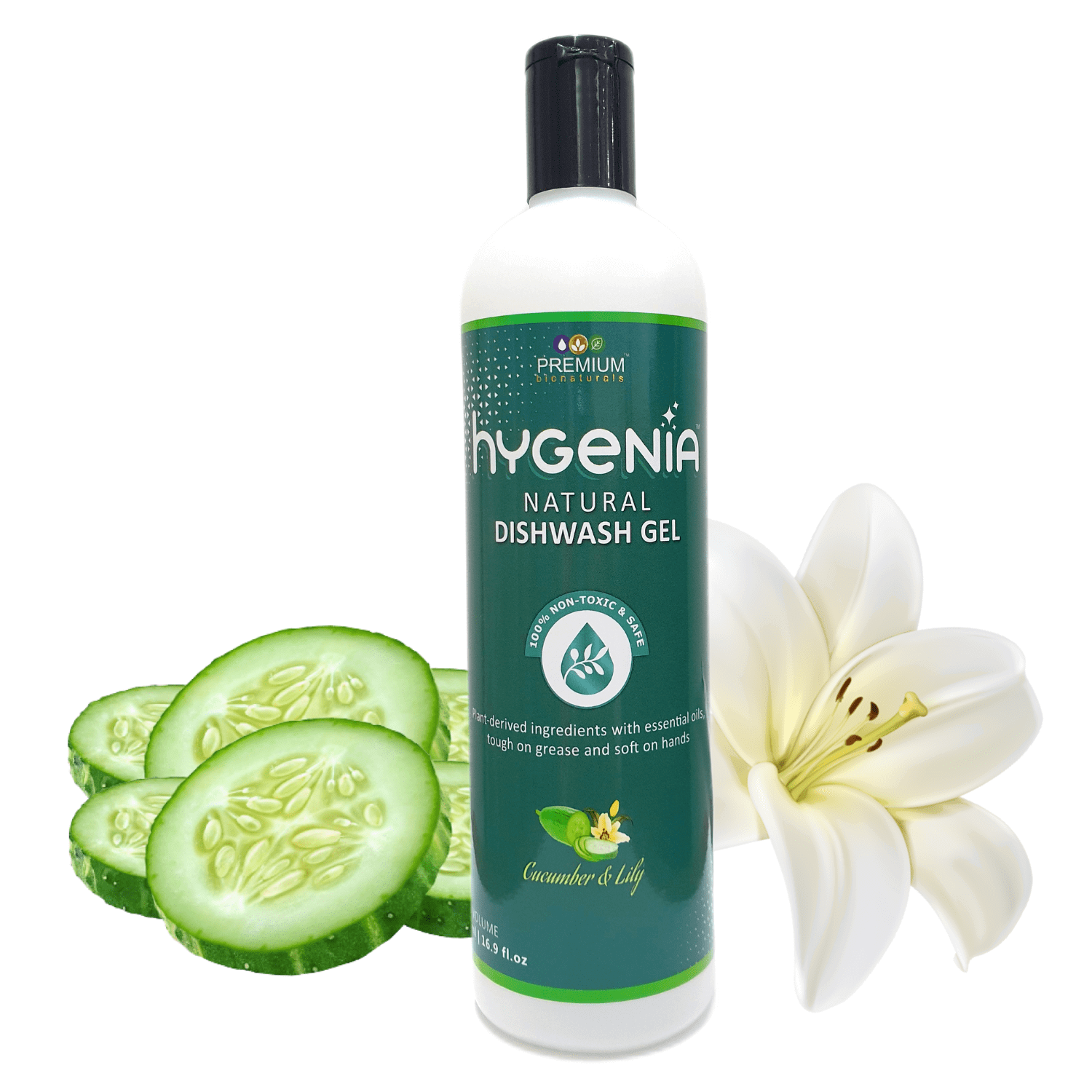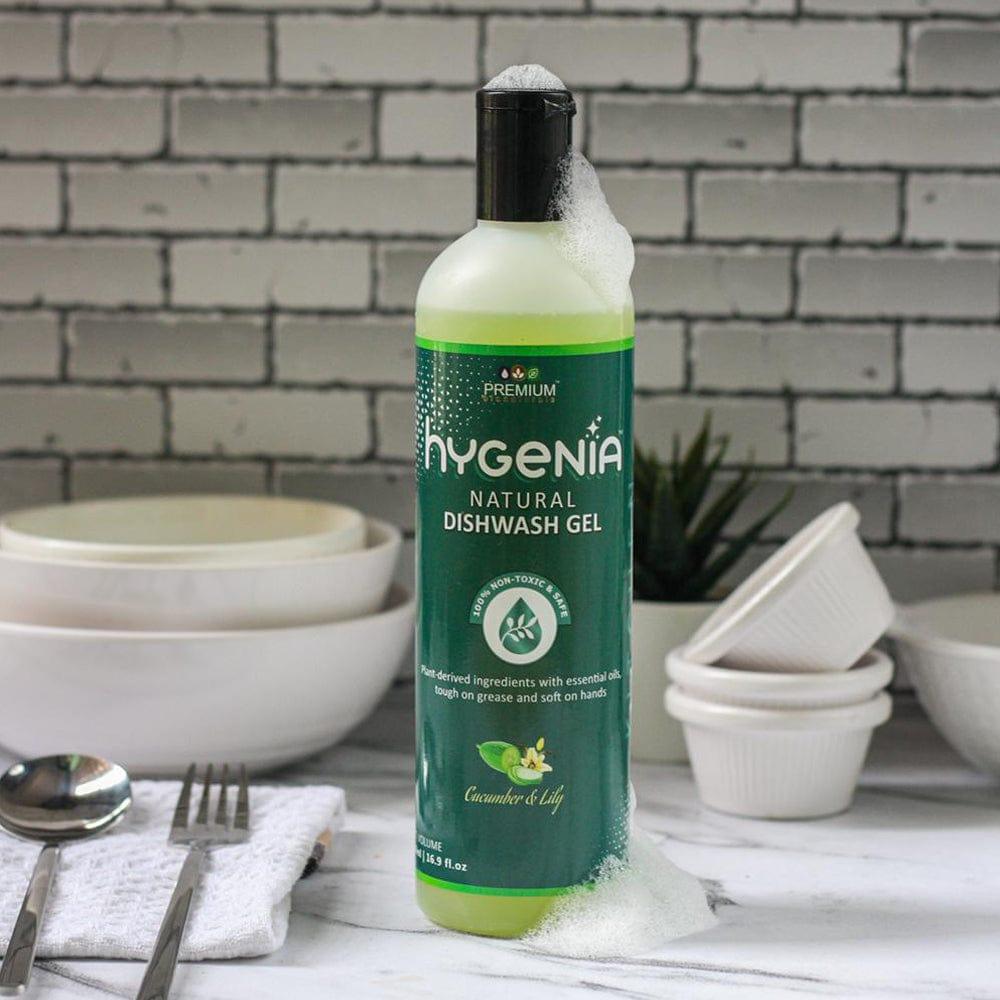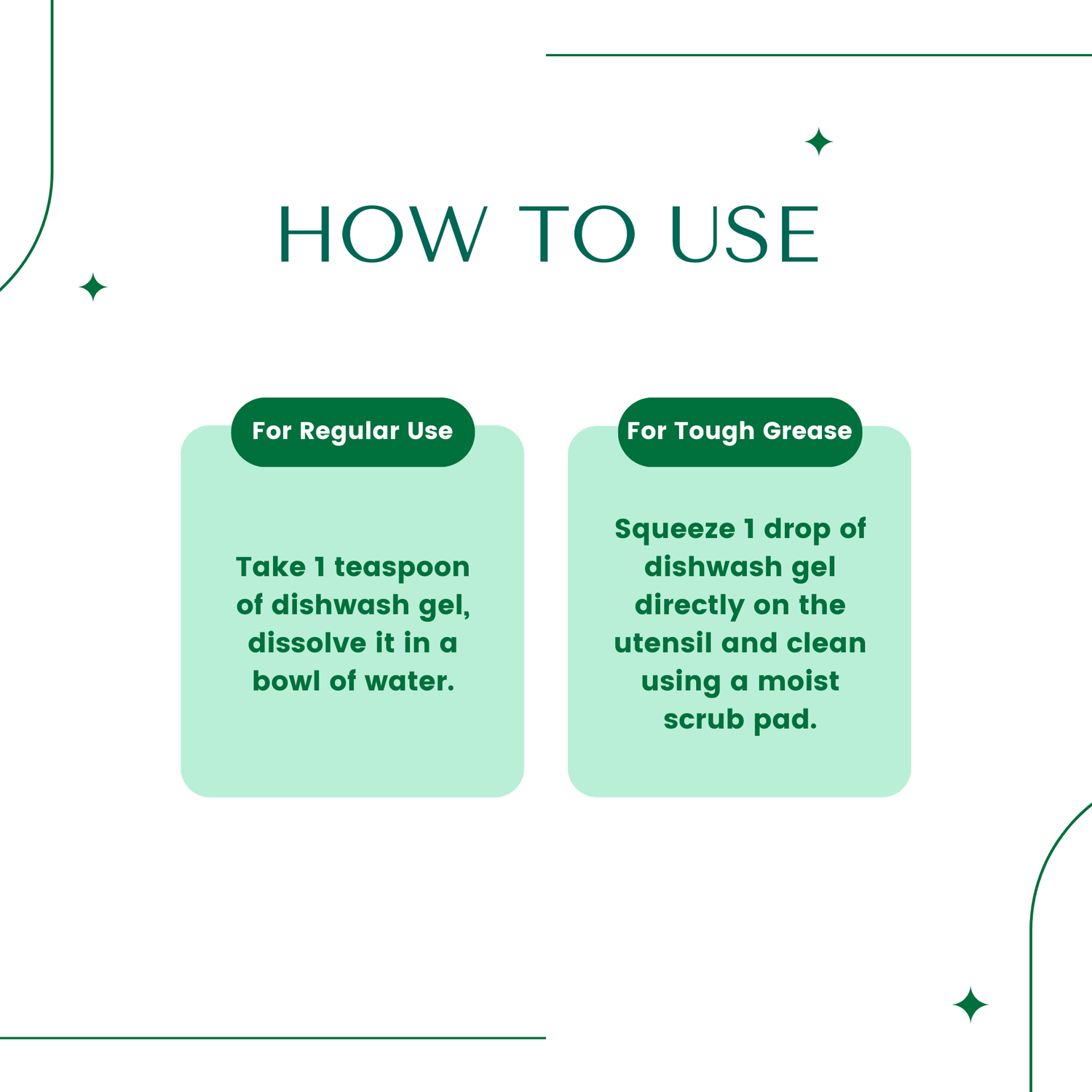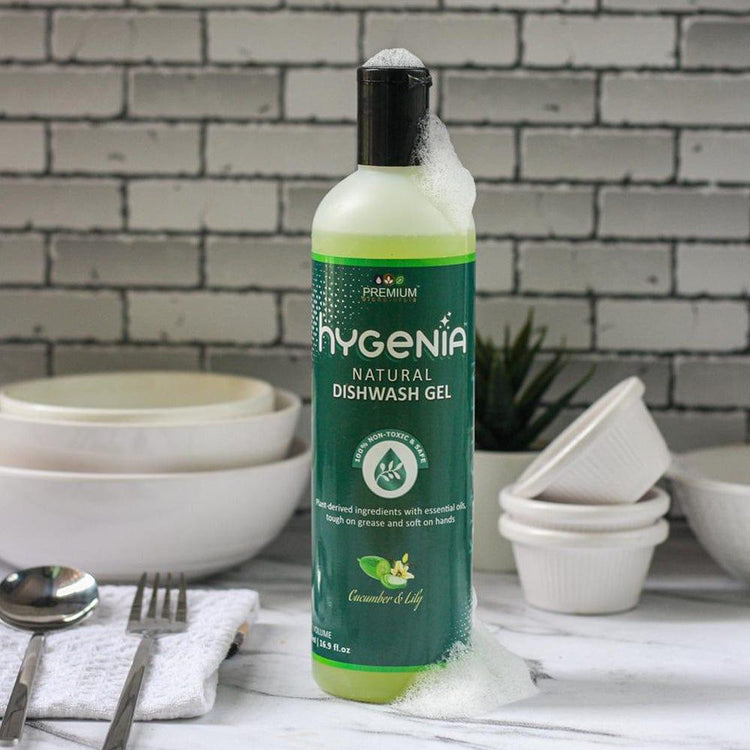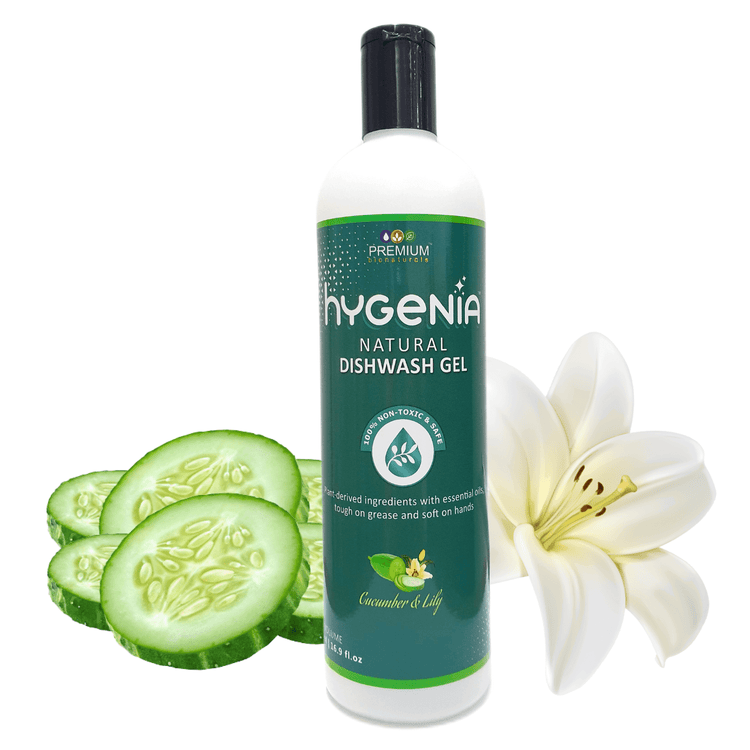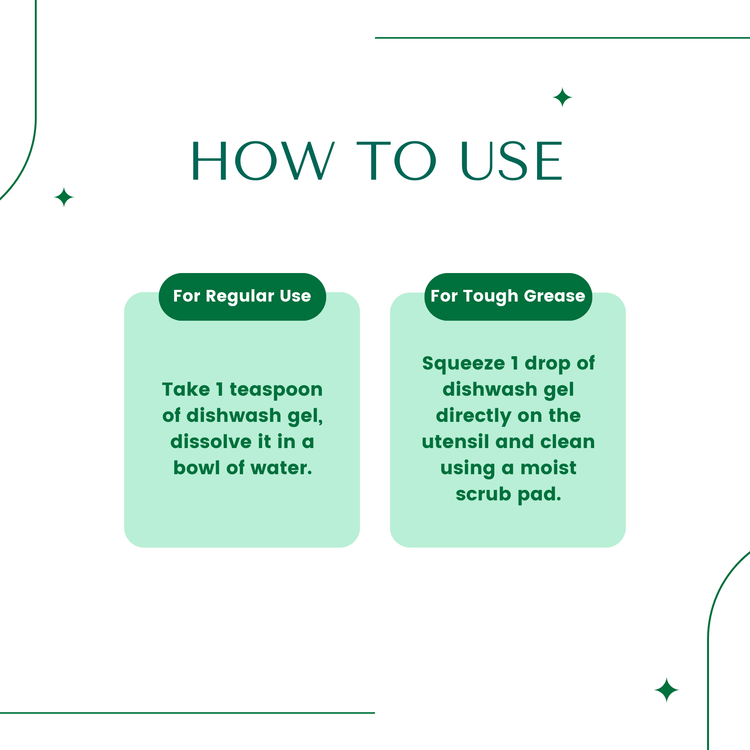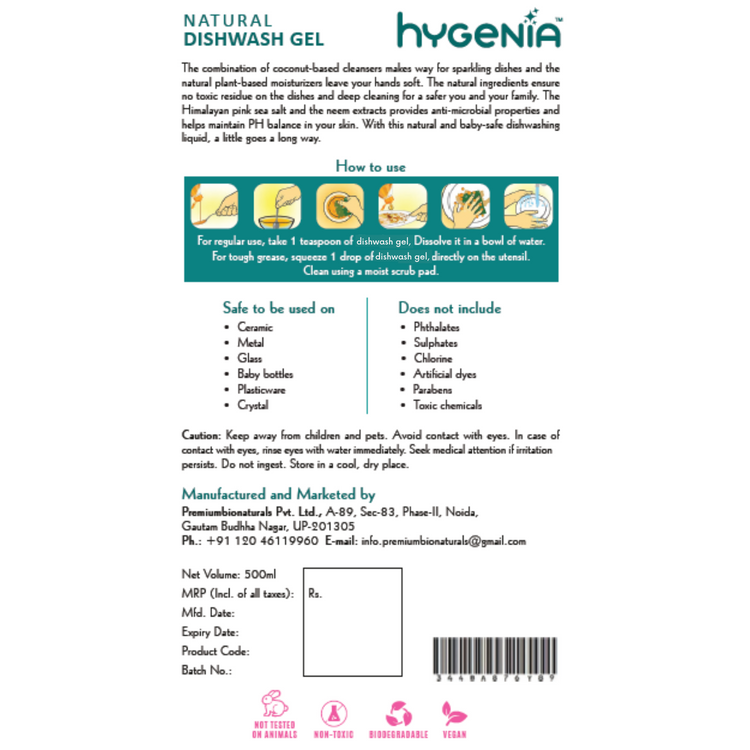New parents quickly learn that feeding bottle cleaning isn’t “just another dish.” Milk is rich in fats and proteins that cling to plastic, silicone nipples, valves, and straws—perfect conditions for odor, film, and bacteria if you don’t wash and dry correctly. Here’s a simple, science-smart guide that shows where a feeding bottle cleaning liquid (dishwash gel) fits in.

Why Feeding Bottles Need Special Cleaning Care
-
Milk residue forms a stubborn biofilm that traps germs, so every bottle for infants needs prompt, thorough washing.
-
Tiny parts (nipples, collars, anti-colic valves) are hard to reach and can stay damp.
-
A consistent clean-then-dry routine protects your baby’s gut and reduces chances of tummy upsets.
Can Liquid Dishwash Be Used for Bottles?
Yes—when you choose a plant-based, non-toxic, dye-free formula and rinse thoroughly. Harsh solvents or heavy perfumes aren’t necessary for hygiene. If you prefer a gentle gel that cuts milk fat fast yet rinses clean, consider our Natural Dishwash Gel – Sweet Orange & Geranium, use it with a dedicated bottle brush, then rinse until there’s no slick feel or scent left behind.

Curious why many parents switch from bars to gels for baby items? This explainer on workflow and residue is a quick read: Is Liquid Dish Wash Worth the Switch from Traditional Soap Bars?.
How to Wash Feeding Bottles Effectively (Step-by-Step)

-
Wash hands thoroughly.
-
Disassemble every part: bottle, teat, ring, cap, valves/straws.
-
Pre-rinse to remove visible milk.
-
Scrub in warm water using a soft bottle brush + a baby-safe feeding bottle cleaning liquid. Use a tiny teat/vent brush for crevices.
-
Rinse thoroughly (inside/out) until water runs clear and there’s no slip—this matters when you wash milk bottle interiors.
-
Air-dry completely on a clean rack; avoid towels to prevent fiber transfer and re-contamination.
-
Store assembled only when fully dry to avoid moisture buildup.
Sterilizing Feeding Bottles — A Must for Newborns

For young babies—especially under 3 months—or during illness, add a sterilizing step after washing. Your options for how to sterilize feeding bottle safely include:
-
Boiling parts for ~5 minutes (fully submerged)
-
Steam via electric/microwave sterilizers (follow device timing)
-
UV units (only validated models; follow exact instructions)
Sterilizing frequency usually decreases as your baby grows, but the clean, rinse, air-dry routine stays non-negotiable.
Choosing a Safe Infant Bottle Cleaner (Label Checklist)
When selecting an infant bottle cleaner, look for:
-
Plant-based surfactants; SLS/SLES-free
-
No artificial dyes; minimal or essential-oil scent only (and always rinse well)
-
Biodegradable and suitable for food-contact items
-
Clear use on bottles, pump parts, sippy cups, and teethers
Our Natural Dishwash Gel – Sweet Orange & Geranium checks these boxes while remaining effective on milk film and bottle grease.
Frequently Asked Questions
Q1) Can I use dishwashing liquid to clean baby bottles?
A) Yes—use a gentle feeding bottle cleaning liquid, scrub all parts, and rinse thoroughly, then air-dry fully.
Q2) What’s the safest way to clean and sterilize feeding bottles?
A) Clean first (separate brush and basin), rinse well, air-dry, and sterilize (boil/steam or validated UV) when needed—especially for newborns.
Q3) Is it necessary to sterilize bottles after every wash?
A) For newborns and premature or immunocompromised babies, sterilize regularly. As babies grow, many parents sterilize less often but keep meticulous daily cleaning and drying.
Q4) How do I know if a cleaning liquid is safe for infant use?
A) Look for “baby-safe,” SLS-/SLES-free, dye-free, plant-based, and food-contact suitability. Light essential-oil scent is fine if you rinse until no scent remains.
Q5) Can feeding bottle cleaning liquid be used for sippy cups and teethers too?
A) Yes—apply the same process: scrub, rinse very well, and air-dry. Sterilize items that tolerate heat, or follow the manufacturer’s guidance.
Q6) What ingredients should I avoid in infant bottle cleaners?
A) Avoid harsh solvents, heavy dyes, and strong, lingering perfumes. Prioritize minimalist formulas that rinse clean—gels often help here (see why gels beat bars for baby items).
Bottom Line
-
Feeding bottle cleaning is about consistent technique: disassemble, scrub with a baby-safe feeding bottle cleaning liquid, rinse thoroughly, and air-dry.
-
Add sterilizing for newborns and during illness.
-
Choosing a safe, plant-based gel—like Natural Dishwash Gel – Sweet Orange & Geranium—makes it easier to lift milk film and rinse residue-free while keeping your routine gentle and effective.


